12 Ways To Keep Tattoos From Fading
24 July, 2023There's nothing more exciting than a new tattoo. There are so many things to know about the healing process when it comes to taking care of your ink right after you get it to keep it looking healthy and vibrant!
But what about a few years down the line when you start to notice your tattoo looks a little faded and in need of a touch-up, then what? Tattoo fading is natural, but there are things you can do to prevent it from ruining your art.
What Causes Tattoo Fading?
One of the best ways to help stop our tattoos from fading faster is to know what things cause it to happen in the first place. There are a number of reasons that your ink looks faded.
Here are a few of the culprits that newbies and veteran tattoo clients alike should familiarize themselves with.
Exposure to the Sun
Prolonged exposure to the sun can be super harmful to the longevity of your tattoo. Ultraviolet (UV) rays from the sun will penetrate the skin and essentially break down the pigments in the tattoo. Once those pigments are damaged, the tattoo will ultimately appear much lighter and less vibrant than it once did. Sun exposure without any protection like tattoo sunscreen will only make this process happen even faster.
Not Following Tattoo Aftercare Instructions
Taking care of your new tattoo is crucial to making sure that it stays happy and healthy over time — antibacterial soap to keep it clean, moisturizer or cream to keep it hydrated (stay away from ointment!), saving the tight clothing for when you’re healed, and fighting the urge to pick off scabs and succumb to scratching are all easy ways to help make sure your tattoo heals properly.
Any damage like infections or ink pulling that happens in those first few weeks and months after new ink will make your tattoo more susceptible to fading over time. You don’t want your tattoo to look faded after a week.
There are a lot of resources available to provide the best care instructions options for your tattoo, and some are confusing. Read our dermatologist-reviewed guide to tattoo aftercare; your ink will thank you in 20 years.
Having an Amateur Tattoo
Quality ink and artistry will only benefit you and your tattoo in the long run. Low ink quality ink can affect the longevity of your tattoo, which can lead to faster fading. The FDA doesn’t regulate tattoo ink, so make sure your artist is reputable and delivers high-quality ink. Review opinions from trusted sources on what should — and shouldn’t — be going into your body as your research ink.
If ink isn’t delivered deep enough into the skin, the odds of it fading out faster are a lot higher than if the tattoo is done properly by a professional. This is because tattoo ink is only permanent when placed in the dermis layer of the skin. The cells in the epidermis layer renew too quickly and would result in a tattoo that may only last a few weeks.
The dermis layer cells actually pass the ink particles on to new cells when they die, allowing a long-lasting and permanent tattoo. While getting a low-quality tattoo from your friend might be funny at the time, don’t be surprised if you can’t see it in five years. Long story short, always go to an experienced, professional tattoo artist.
Over-Cleansing or Exfoliating Your Skin
Scrubbing off layers of skin from your tattoo routinely will not keep it looking fresh and can make it fade faster. If you over-cleanse, you are removing the protective layer of skin away too much, which can cause a lot of irritation. Irritation can lead to more damaging effects to tattoos.
This is because when your skin is irritated or wounded, an immune response is often triggered, similar to what happens when you scrape your skin or get a small cut. Cells like macrophages and fibroblasts flood to the site to try and heal whatever is causing harm or irritation. As mentioned before, this causes a cell renewal rate that is too rapid and can potentially be the cause of a faded-looking tattoo.
We know how beautiful and meaningful tattoos can be, so it is key to keep it gentle when cleansing or exfoliating the tattoo area.
Friction on the Tattoo Over Time
Just as we previously mentioned, irritation makes tattoos change more and much faster. Friction is when there is too much rubbing from clothing, rough surfaces, and harsh products. It’s like rubbing off the layer of skin that is protecting your tattoo. Excess friction is especially a concern in the weeks and months after getting fresh ink.
Aging
While there is not much to do about this reason, it is important to note that it is a key contributor to tattoo fading. Aging skin changes properties and can lose some elasticity, which can cause the ink in your skin to change and fade.
This is why it is especially important to use tattoo care products that will help the longevity of your ink while keeping the sensitive skin around it happy and healthy. Keep reading to discover exactly how aftercare affects your tattoo.
How Long After Getting My Tattoo Will It Fade?
Right after your tattoo session, it will look really bright and vibrant. After a few days, these effects might start to dim a bit because your skin has started to get used to the ink. It will still look great as long as you take care of it and let it heal properly.
Your tattoo will naturally fade over time. For some people, it can take only a couple of years for them to start to notice that the ink doesn’t look as strong anymore. For others, tattoo fading won’t be noticeable for decades.
If you plan on getting tattoos when you’re young, early 20s-30s, you might not see faded tattoos until you’re well into your 50s! Proper care and upkeep of your ink can help slow this process down pretty significantly, but we aren’t going to lie and say your tattoo will never fade. It is completely natural and normal to see this over time. As for how quickly tattoos fade, there are some factors that can make it worse for some.
Black & Grey vs. Color Tattoos
Black and grey tattoos tend to last a bit longer than color. They will look more vibrant for a longer amount of time. This is especially true if the color tattoo is light or watercolor. White ink will fade the fastest. While black & grey might look less faded over time, again all tattoos will most likely fade at least a little at some point.
How to Prevent Your Tattoos from Fading Faster
Now that we are familiar with some of the biggest contributors to tattoo aging, we all want to know how to keep our tattoos from fading.
These 12 suggestions are all things that you can use in your day-to-day routine to prevent faster tattoo fading.
1. Take Care of Your Tattoo When it’s New
A properly healed tattoo is the easiest to maintain. There are a lot of stages to tattoo healing; it takes dedication and patience. But if the tattoo is not properly cared for and healed, the odds that it is going to change and fade much faster are high.
And why not create a great aftercare routine right from the get-go? Taking care of your ink from the beginning will ensure healthy habits and longevity.
Part of this immediate aftercare is resisting the temptation to scratch or pick at scabbing and peeling skin. Yes, this can be a tall order, especially in hot or humid conditions when itchiness and discomfort are at their peak, but remember that scabbing and peeling are part of our body's natural healing process.
Disrupting it can cause any number of problems, including a distorted image and colors, slower healing, scarring, and in the worst case, infection.
2. Think About Tattoo Placement
When it comes to choosing the perfect placement of your tattoo, consider areas of your parts of the body that experience the least friction. For example, tattoos on body parts like your palms and feet will likely experience way more friction than a tattoo on the back of your neck.
Shoes and socks can potentially cause fading over time since your feet may constantly have something rubbing against them. Think back to the section on irritation and how it can cause premature tattoo fading.
No, thanks! Think about how often your tattoo will experience friction over time, whether it’s skin-to-skin contact or skin-to-material contact, like the sock example.
3. Wear Protective Clothing and Products Outside
We aren’t the first people to tell you that protecting your skin from direct sunlight is really important for the health and youth of it. But we want to emphasize that the sun really does damage your tattoos at all stages of its life, from the healing stage to 30 years later.
Wearing sunscreen at the very least, if you can keep it covered with loose clothes or some form of covering that would be ideal. That can be a big challenge, so do your best to always reapply sunscreen as much as you can! A tattoo-friendly, daily mineral-based SPF made with clean ingredients can truly add years to your tattoo’s vibrance.
4. Avoid Smoking (or Just Don’t Do it At All)
Smoking is bad for you. This is not news. But smoking can make your tattoo look really faded and dead as well! If you need any more reason to quit now, here are just a few of the ways that smoking affects your tattoos negatively.
-
Smoking reduces the collagen production in the body - which is what makes the skin more elastic. If your skin elasticity is reduced, your ink has high chance of bleeding out.
-
Just as smoking stains the fingers of regular smokers, it can cause discoloration and yellowing of existing work.
-
As smoke enters your body, it constricts blood vessels and reduces blood flow. This can slow down the healing process, increase the risk of infection, and contribute to scarring.
5. Moisturize Your Skin Regularly
Hydrated skin has a better chance of staying regular and less irritated. When your skin is well hydrated (and happy), it will look much fresher and less dry and cracked. Using balms and lotions that are unscented and organic and help ensure you aren’t using harsh chemicals that actually dry the skin out.
From fresh ink to older tattoos and general skincare, moisturization is key at every stage. Hydrate your skin with quality, natural ingredients for the best effects while limiting petroleum-based products that can form a waxy layer.
6. Stay Hydrated & Healthy
Skin health can be affected by a lot of things — which can impact the appearance of your tattoo over time. Drinking water every day is a great place to start when it comes to skin health.
Plus, it’s just great for your overall health. Exercising and having a balanced diet sounds elementary to say, but it really does make a difference in keeping your skin looking and feeling good!
7. Consider Traditional Tattoo Styles
Tattoo styles, trends, and tastes are ever-evolving — what is old becomes new, and what is new becomes old — it's the natural cycle of so many art forms. But one thing is for sure, traditional styles always come back into fashion, not just because of the resonance and power of their imagery, but for their literal staying power in your skin.
Consider American traditional and its signature imagery — skulls, anchors, roses, and eagles — characterized by bold black outlines and a restrained color palette. This style's signature bold black outline sits in the skin prominently, making these tattoos more readable from a distance and, over time, hold stronger. This is the origin of the often-used expression “bold will hold.”
The same is true of the traditional tribal tattoos that fell out of fashion during the early 2000s but have come back in the last few years. These designs are typically applied using exclusively black ink, so they stay strong after years of wear and tear.
Japanese traditional tattooing too is known for its boldness — from smaller hand-poked tebori designs to entire bodysuits done with electric tattoo machines — this style is designed to face the test of time.
Although watercolors with minimal outlines make for a beautiful tattoo on day one, they tend to blur and fade much quicker than these tried and true traditional styles.
8. Limit Tanning Bed Exposure
In places where the sun only appears for a few short months, it may be tempting to maintain that summer bronze by hitting the tanning beds. The thing is, just like sun exposure, tanning beds expose your skin and tattoos to UV light.
With enough exposure over time, UV rays can cause pigments to fade and design to distort, leaving you with a piece lacking the punch it once had.
If you need more than just skipping out on the tanning bed altogether, there are a few good ways to do it responsibly. If you only have a few tattoos, you may be able to cover them. Otherwise, make sure to apply sunscreen before tanning sessions to reduce potential damage.
9. Be Conscious of Water and Chemical Exposure
Although this is far from a fun fact, pools, hot tubs, and the ocean can cause fading — especially in the early days of a new tattoo. We aren’t asking you to never swim again, but these environments can start the healing process on the wrong foot.
Pools and hot tubs are full of chemicals like chlorine that can cause color distortion, fading, and irritated skin. The saltwater of the ocean can cause many of the same effects as it dries out the skin, prolonging itchiness and scabbing.
In general, excessive moisture can prolong the healing by softening the scabs that form to protect your tattoo. So at the very least, limit or skip out on these activities for the first few weeks of a new tattoo.
10. Choose a Professional Tattoo Artist
Becoming a master in the craft of tattooing takes much more than just being a great illustrator and owning a tattoo gun. The process of apprenticing alone can take anywhere from six months to several years. Becoming one of the most recognized names in the game can take much longer than that.
A true professional has the creativity needed to make beautiful artwork and an understanding of how to properly apply tattoos to the skin to reduce trauma and last through the years.
Remember, a tattoo is meant to last you a lifetime, so spending those extra hours, weeks, or months researching reputable artists will pay off in the long run. Social media and recommendations from friends or even the random person walking down the street whose work looks great are all great sources to help you in the process.
11. Get Touch-Ups as Your Tattoo Ages
As we’ve made clear, some fading, distortion, and blurring are inevitable in the tattoo aging process. Our skin stretches as we age, and unless you plan to stay indoors for the rest of your life, the effects of the sun will start taking their toll.
Touch-ups can return some of that day-one vibrance to your aging work. It’s important to note that not all artists will feel comfortable doing touch-ups on other artists' work, so stay in the loop with the artists that have done your work over the years — they’ll most likely love to see how their artwork has aged and rework it to your liking.
12. Wear Loose Fitting Clothing When Your Tattoo is Fresh
If tighter clothing is your thing, that's great, but when your tattoo is fresh, one of the best things you could do is opt for looser fits. Excessive friction can cause irritation and seriously slow down the healing process.
Sources:
"Bold Will Hold" – An Exhibit of Tattoo Life at Artworks Trenton | Jersey Arts
Tattoo Touch-Ups 101: How to Refresh Old Tattoos | Byrdie
Try risk-free & save with the Essential Sets
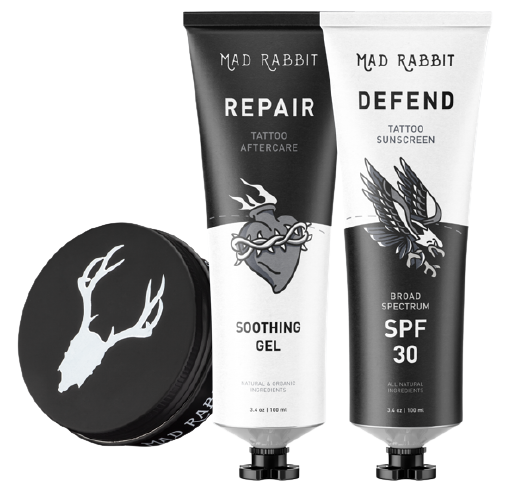
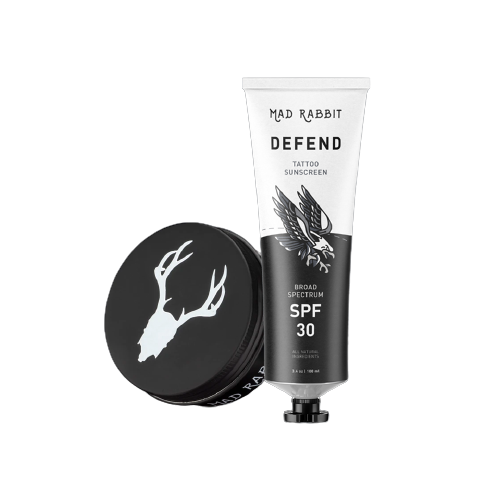
Daily Defense Set
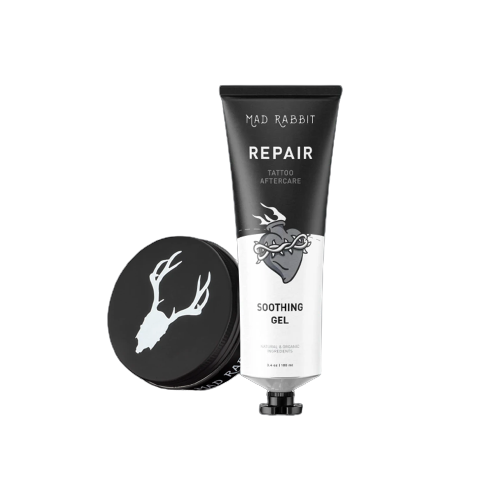


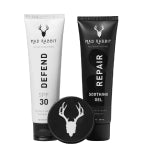
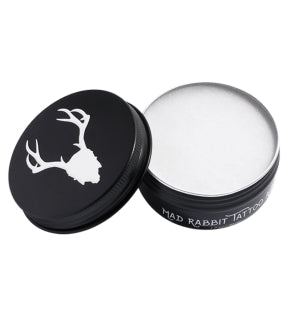
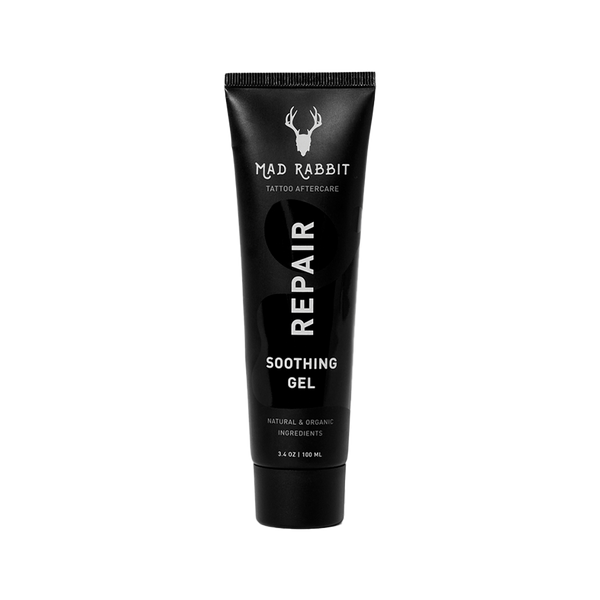
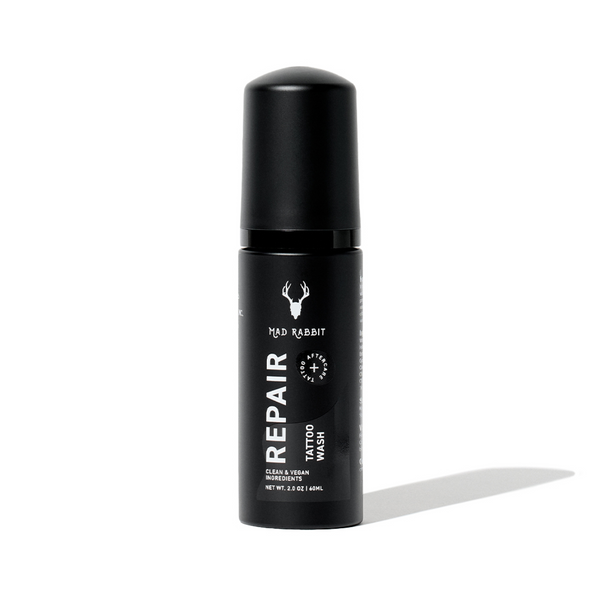
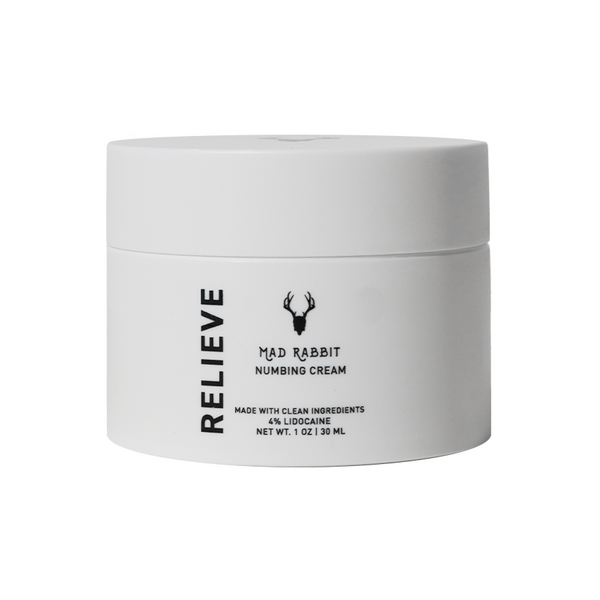

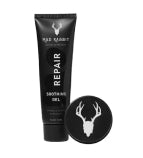
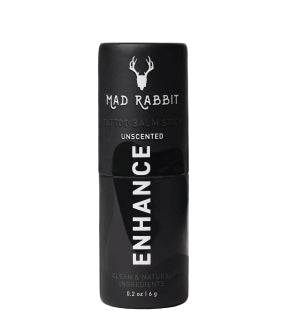
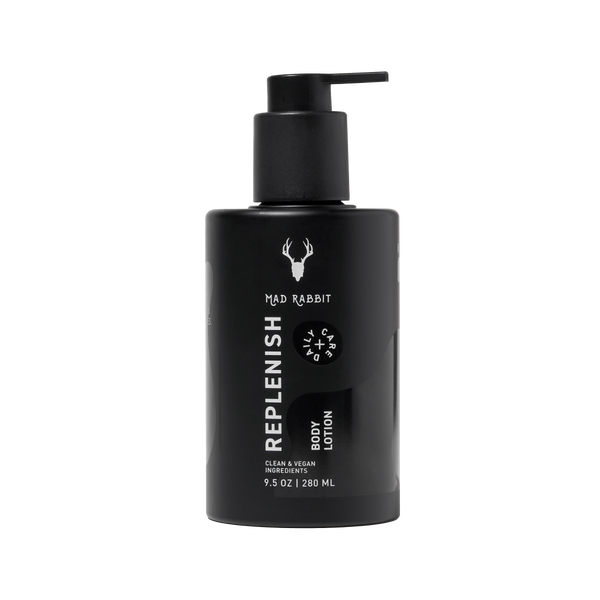
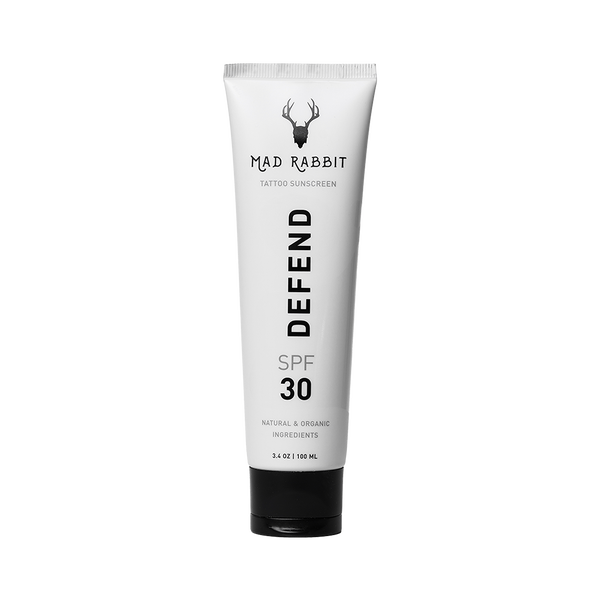
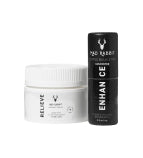

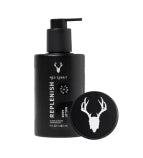
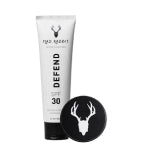
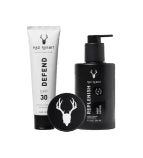

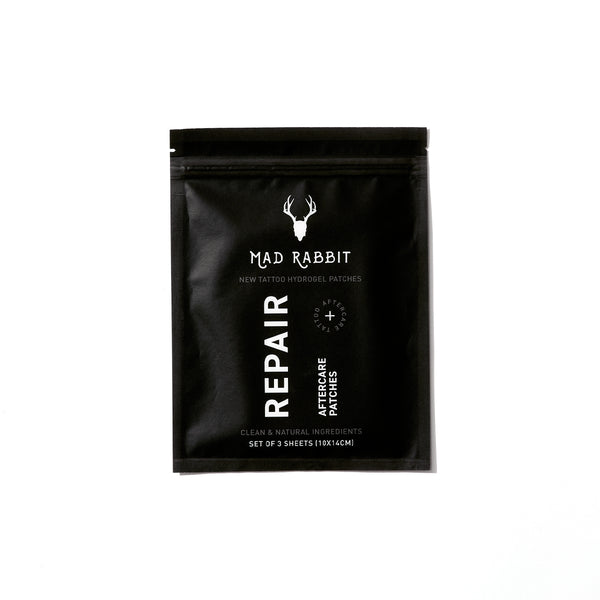
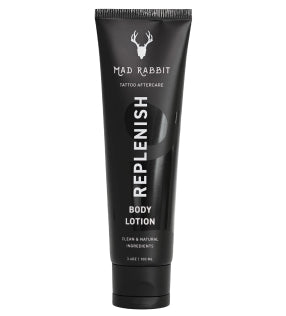
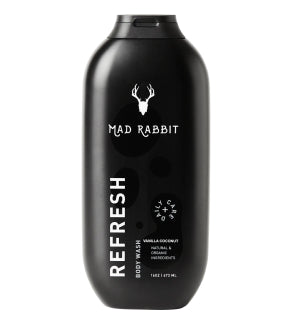
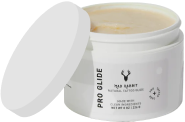







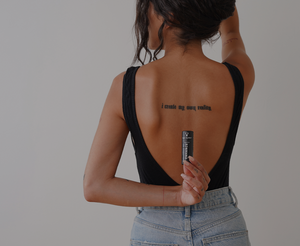
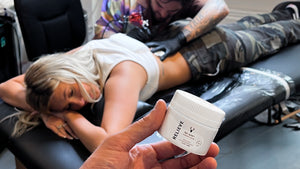
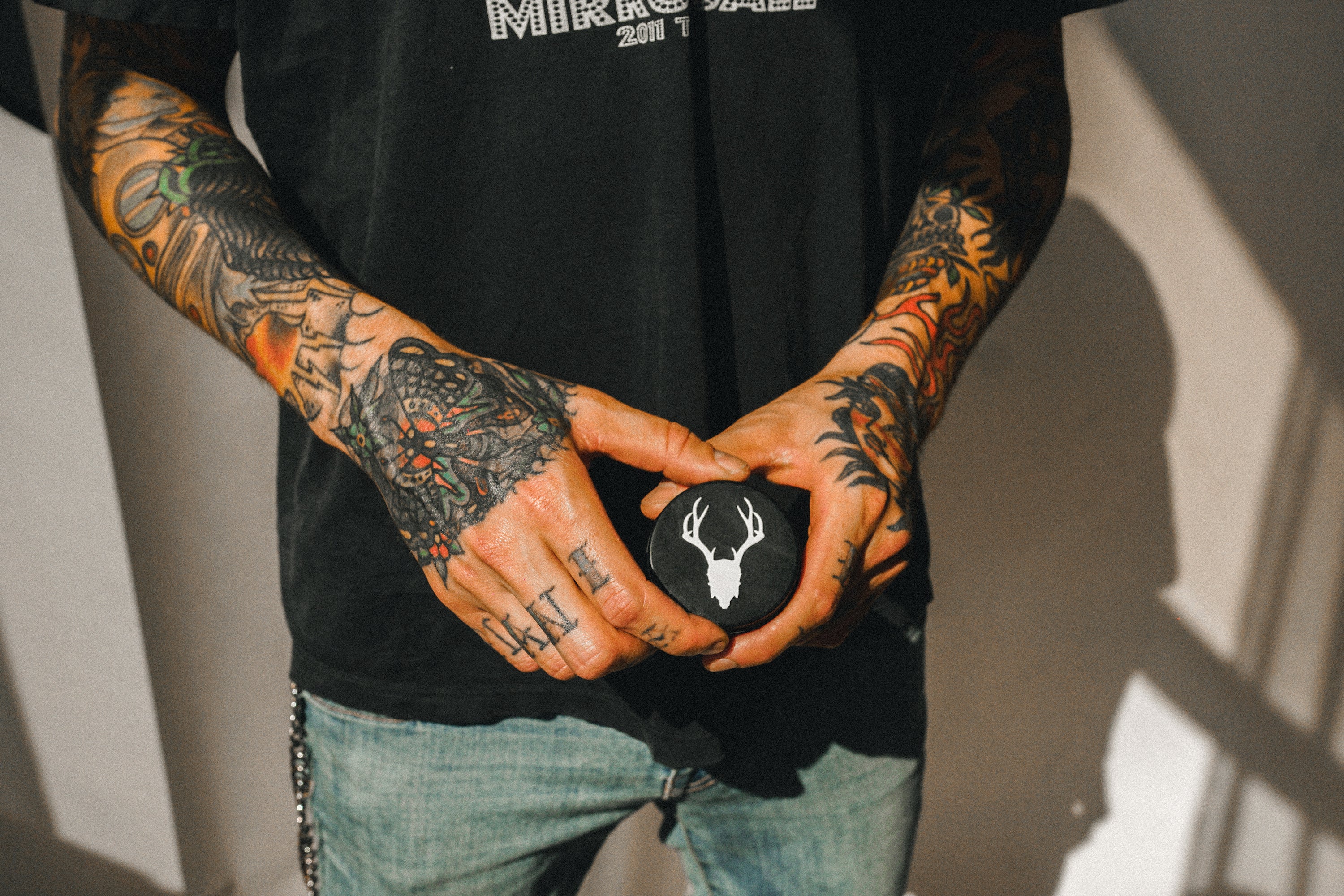


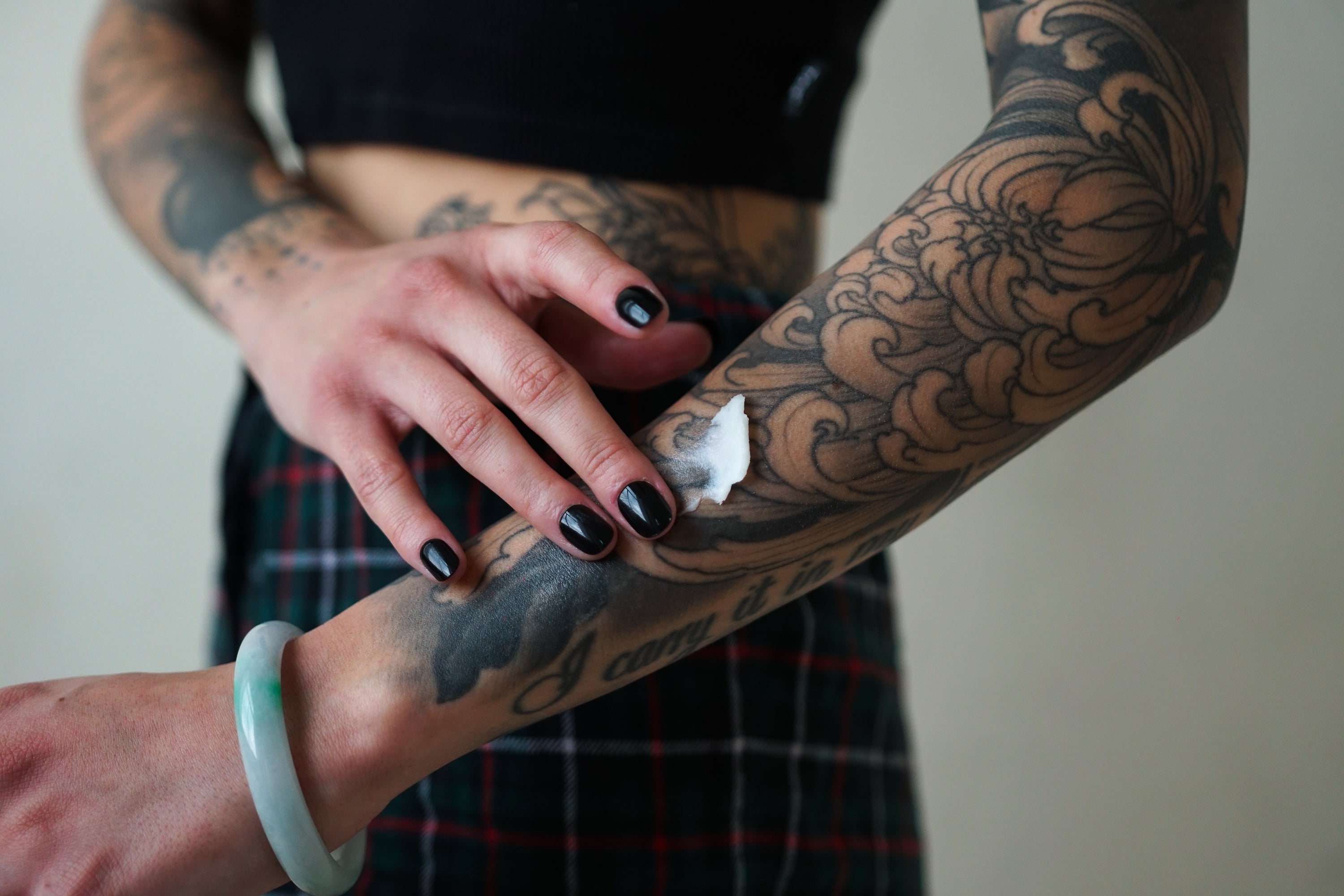
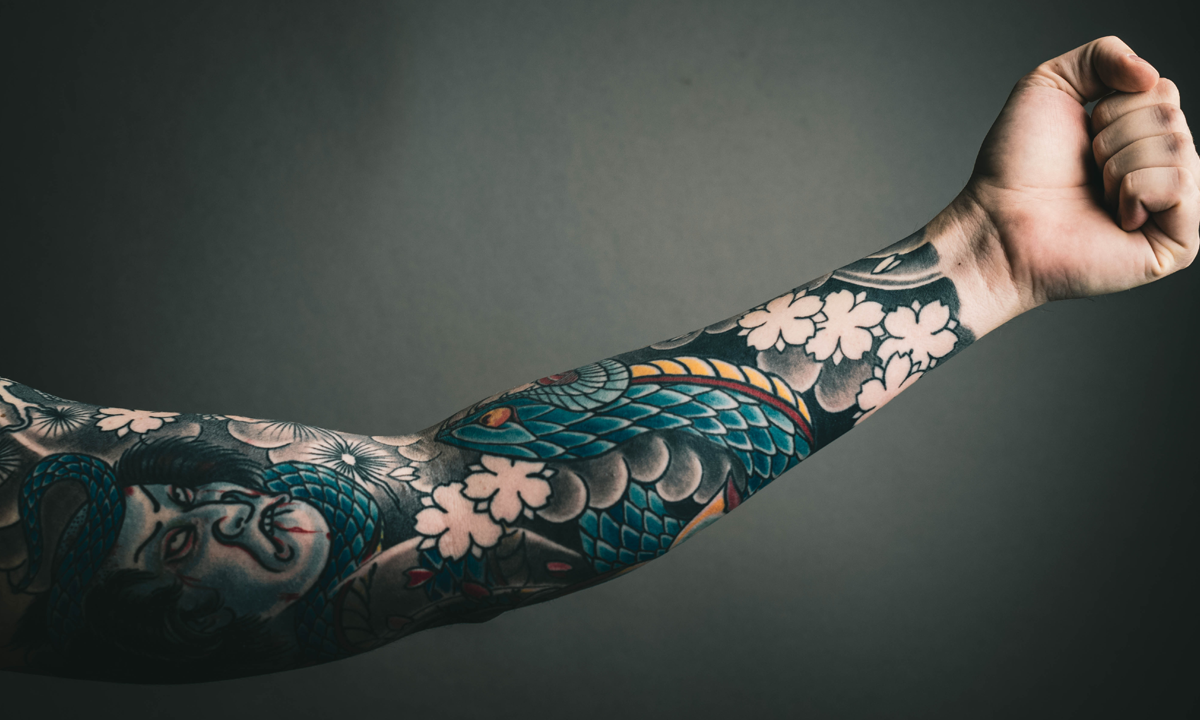
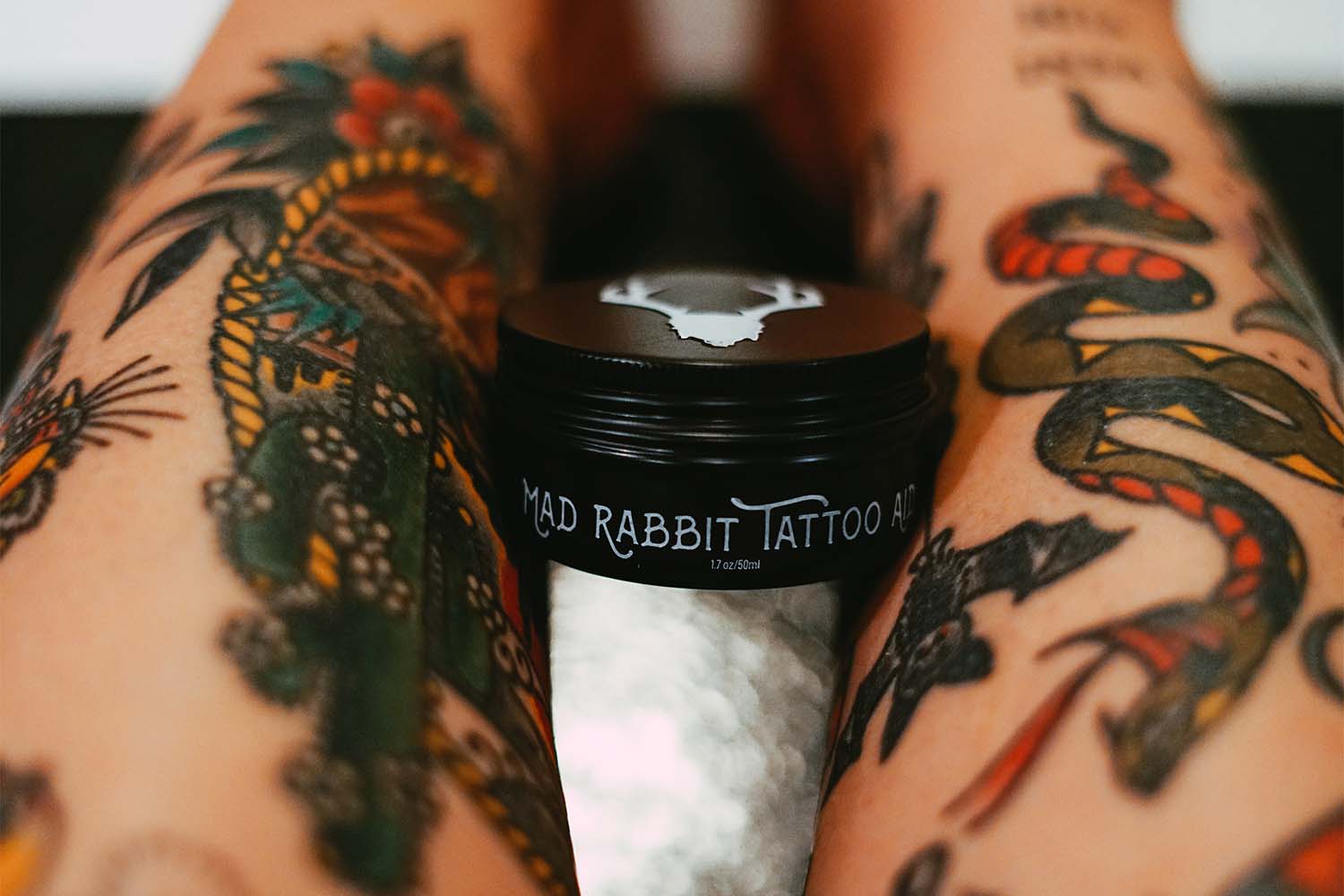
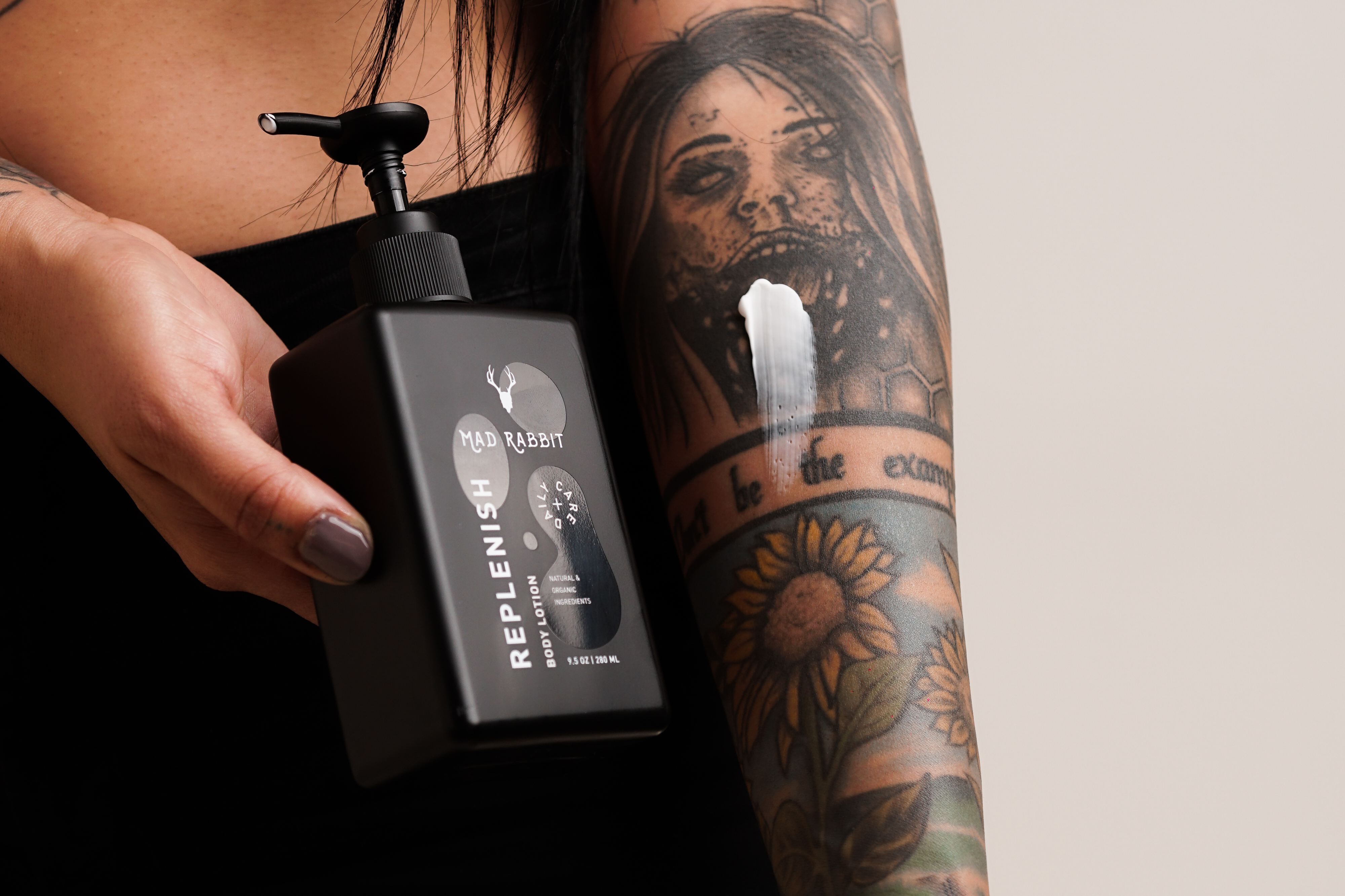
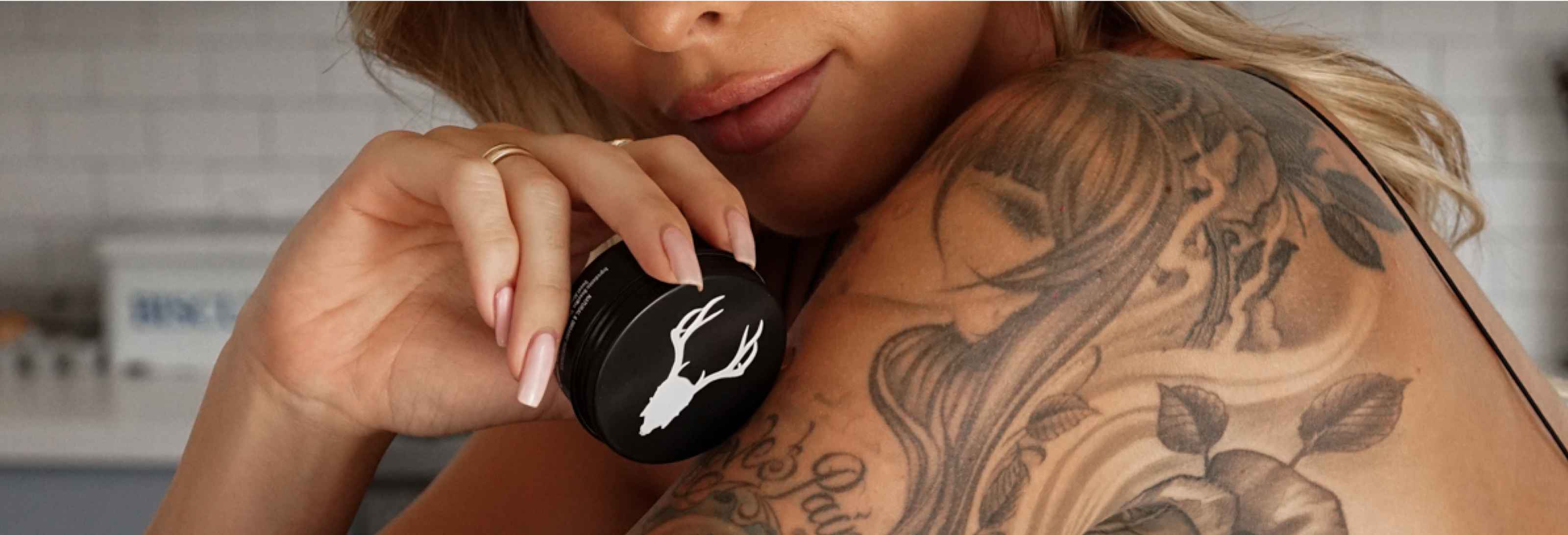
Join the discussion